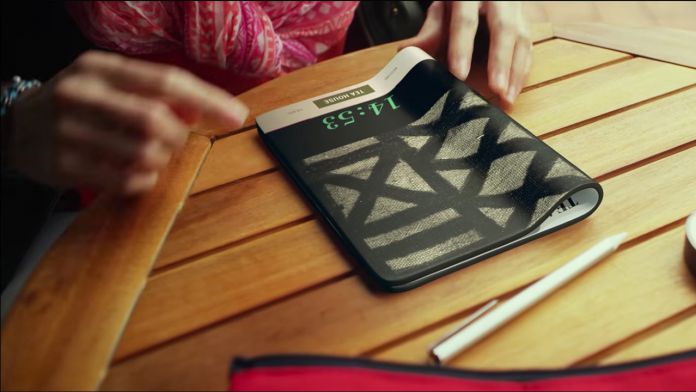Since then, we’ve seen plenty of patents floating around suggesting that the company isn’t finished quite yet. Patents surfacing in January, March, and June all hint at possible designs, but we haven’t had any concrete information. Thanks to Windows Central, we now have a clearer idea of what Microsoft’s ‘Andromeda’ device could look like. According to the publication’s sources, it will be a foldable tablet much like Courier but will utilize Windows 10. However, despite its tablet status, the device will apparently fit in your pocket. Naturally, the foldability means it will be thicker but won’t require a bag to transport. Sources also report that it will have call and text functionality.
Windows 10 on ARM
Of course, the big question is why Microsoft is working on this now rather than releasing the Courier in 2010. We’re guessing it comes down to two things: use of mobile processors, and inking capabilities. It goes without saying that a digital notebook needs to be easy to write in. The Courier was always designed to be handwriting-only, and that means an intuitive writing experience and good recognition. Seven years ago, the technology was there, but perhaps not the best it could be. At the time, Microsoft said, “It’s in Microsoft’s DNA to continually develop and incubate new technologies to foster productivity and creativity. The ‘Courier’ project is an example of this type of effort and its technologies will be evaluated for use in future Microsoft offerings.” Big leaps in Windows Ink would likely make for a much nicer experience, but recent breakthroughs in ARM emulation could be even more crucial. Courier was planned for release using a modified Windows CE and would have been unable to run regular 32-bit Windows apps. This means developers would have to design apps specifically for the device, and its hard to see that ever taking off. Thanks to a recent breakthrough, Microsoft can now emulate full versions of Windows on mobile processors, meaning a full experience with no reduction in battery life. Unfortunately, Windows Central has been unable to confirm if this will be the case for Andromeda, but it would definitely make sense. At the least, it will be able to run UWP programs. Thanks to the numerous patents, it’s not quite clear what form Andromeda will take. It could use two screens with a hinge, one foldable screen, or anywhere in between. It’s possible the device won’t even make it to market, but it does seem like the time is right. The question now is whether anybody would buy it.




